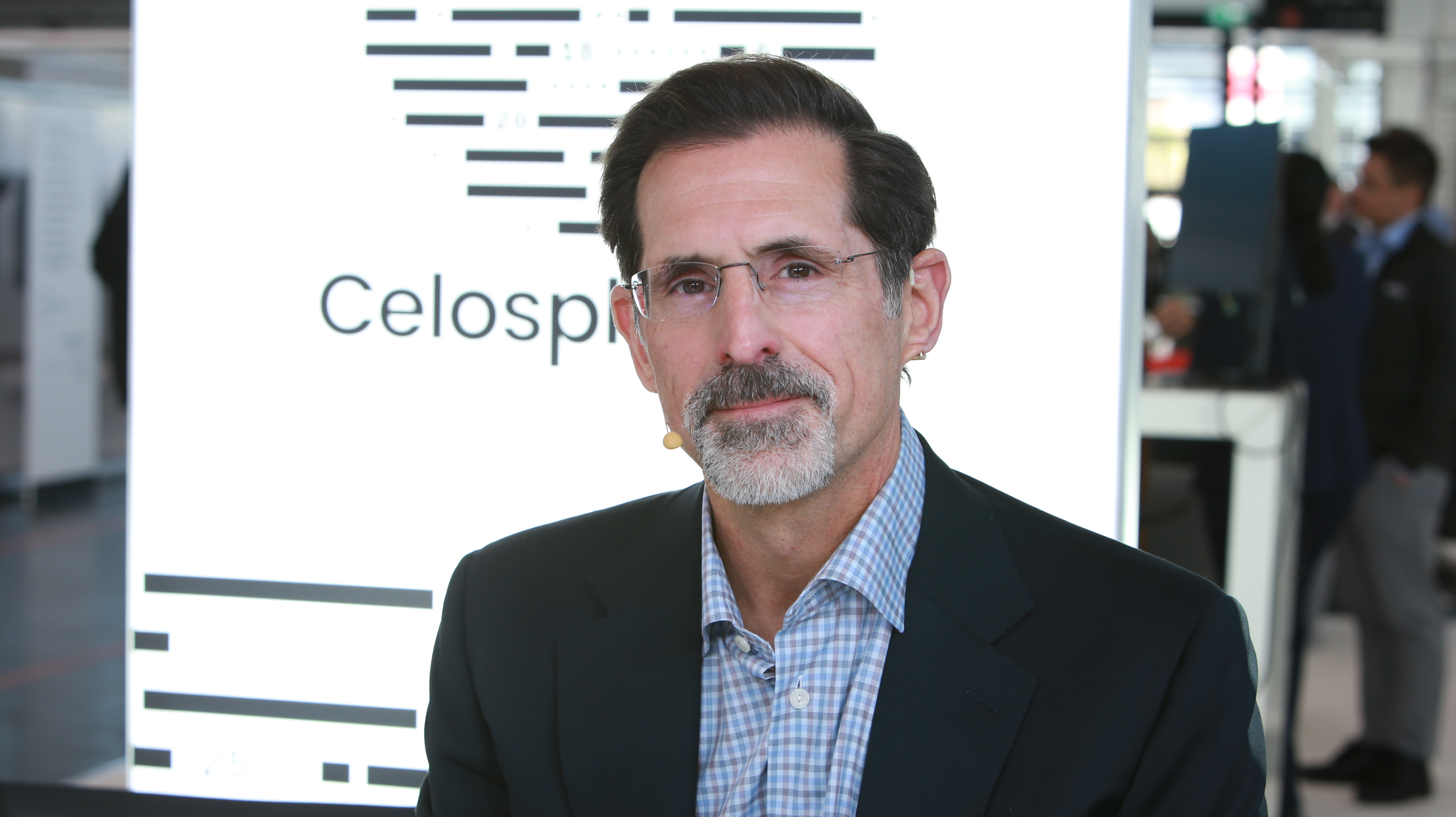Copyright SiliconANGLE News

The Process Intelligence Graph is quickly becoming the connective tissue of modern enterprise operations — a living system that turns hidden process data into real-time intelligence. By mapping how work truly flows across teams, systems and decisions, this digital twin gives organizations the power to see inefficiencies before they spread, forecast outcomes with precision and act on insights grounded in context rather than guesswork. It’s the foundation behind Celonis SE’s mission to “free the process” — an effort to unlock data trapped within complex workflows and transform it into a clear, evolving picture of how business really happens, according to Daniel Brown (pictured), chief product officer of Celonis. “I think freeing the process is like, ‘Hey, if you can’t get that information out and you don’t have visibility into how you’re actually working, that’s like a jail,’” Brown said. “We want to free the process, but let’s start with the data core because it’s the big enabler. In order to be able to understand and organize all of that data and use it, you need tons of scale, you need to be able to transform it into semantics, into a Process Intelligence Graph … that’s kind of the heart, and it’s only going to get bigger, this digital footprint, it’s a hockey stick.” Brown spoke with theCUBE’s Rob Strechay and Savannah Peterson at Celosphere 25, during an exclusive broadcast on theCUBE, SiliconANGLE Media’s livestreaming studio. They discussed how the Celonis Process Intelligence Graph is transforming decision-making through innovations, such as its living process map. (* Disclosure below.) Unlocking operational excellence with the Process Intelligence Graph The Celonis Process Intelligence Graph offers a new way for organizations to understand, monitor and improve their operations by mapping processes through a connected, data-rich framework. This tool enables data-driven improvements that can reduce challenges by up to 99%, according to Brown. “The customer is Novo Nordisk, which you know is a pharmaceutical company out of Denmark,” he said. “What they’re trying to do is reduce the burden of certain processes, and one is protocol deviation, a standard life science pharmaceutical process. What they do is they’ve used agents to identify these deviations and document them … that documentation has gone down from 100 hours to one hour.” AI agents rely on understanding processes because context turns data into actionable, meaningful and safe insights. Agents don’t just act on isolated steps — they need to see how actions connect. Without this, decisions that seem correct in isolation can wreak havoc in real workflows, Brown pointed out. “When Celonis moved from case-centric to object-centric process mining, it was a very smart strategic bet,” he said. “It was a recognition that you needed connected processes. A digital twin needs data to be organized, it needs data to be related, and then, the last part is to enrich it. That plugs into your agentic strategy because if they don’t have access to that information, then your agents, they won’t know what to do.” Here’s the complete video interview, part of SiliconANGLE’s and theCUBE’s coverage of Celosphere 25: (* Disclosure: TheCUBE is a paid media partner for Celosphere 25. Neither Celonis, the sponsor of theCUBE’s event coverage, nor other sponsors have editorial control over content on theCUBE or SiliconANGLE.) Photo: SiliconANGLE



